The Command Prompt in Windows 11 is a powerful tool that allows users to execute commands and perform advanced administrative tasks. While it's often sufficient to run it with standard permissions, certain operations require elevated privileges. This guide will walk you through several methods to open Command Prompt as an administrator.
Open Command Prompt as Administrator from the Search Menu
One of the quickest ways to launch Command Prompt with administrative rights is through the Search menu. This method is straightforward and accessible from any screen.
- Click on the
Searchicon located on the taskbar. - Type
cmdorcommand promptinto the search bar. - In the search results, right-click on the Command Prompt app and select Run as administrator.
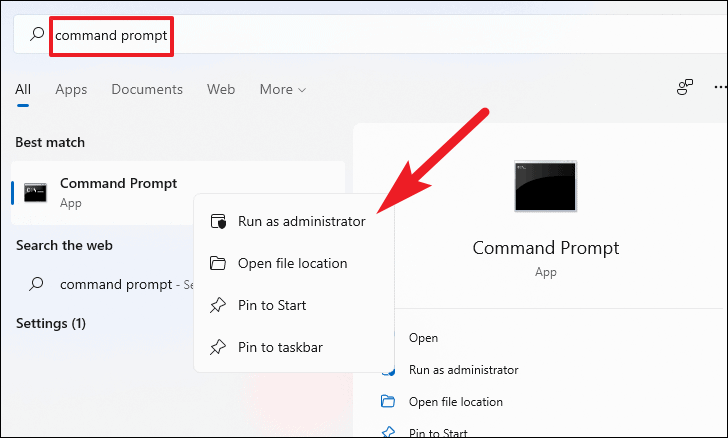
Alternatively, you can click on Run as administrator on the right pane of the search results.

- If prompted by the User Account Control (UAC), click Yes to grant permissions.
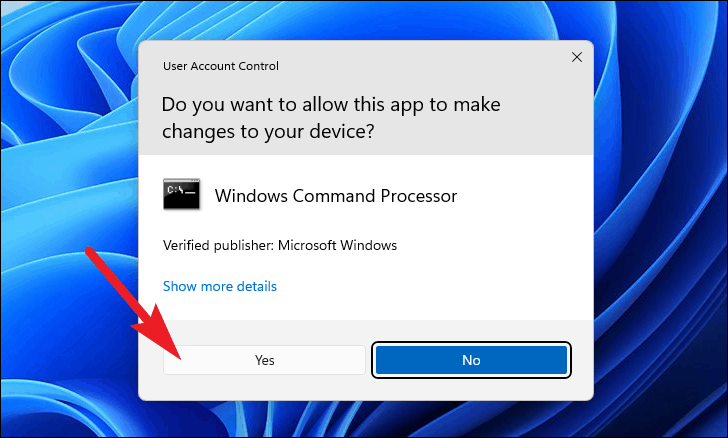
Open Command Prompt as Administrator from the Start Menu
Accessing Command Prompt via the Start Menu is another simple method, especially if you pin it for quick access.
- Click on the
Searchicon on the taskbar. - Type
cmdorcommand promptin the search bar. - Right-click on the Command Prompt app and select Pin to Start.
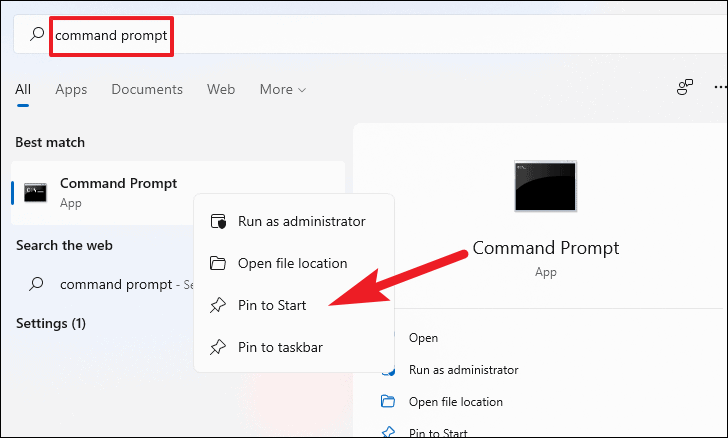
- Open the
Start Menuand locate the Command Prompt tile. - Right-click on the Command Prompt tile and choose Run as administrator.
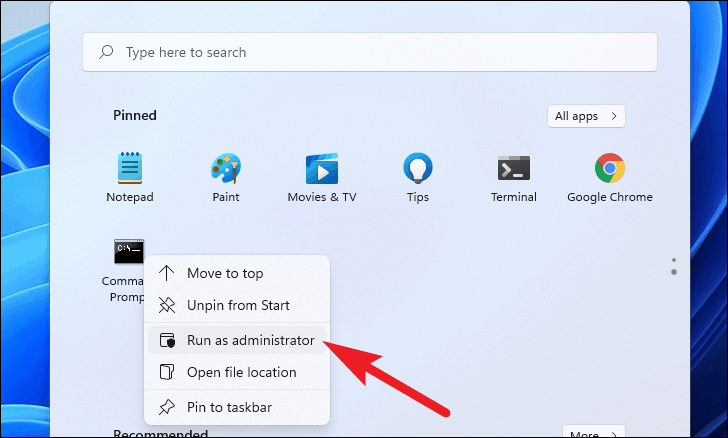
Open Command Prompt as Administrator from the Power User Menu
The Power User Menu provides quick access to essential system tools, including Command Prompt.
- Right-click on the
Start Menuicon or pressWindows + Xon your keyboard. - Select Windows Terminal (Admin) from the menu.

Confirm any prompts by clicking Yes in the UAC dialog.
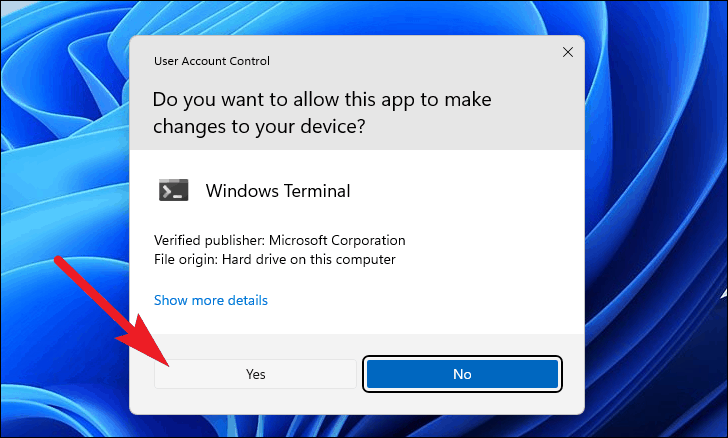
- In the Windows Terminal window, click the down arrow (
˅) next to the plus sign. - Select Command Prompt to open it in a new tab.
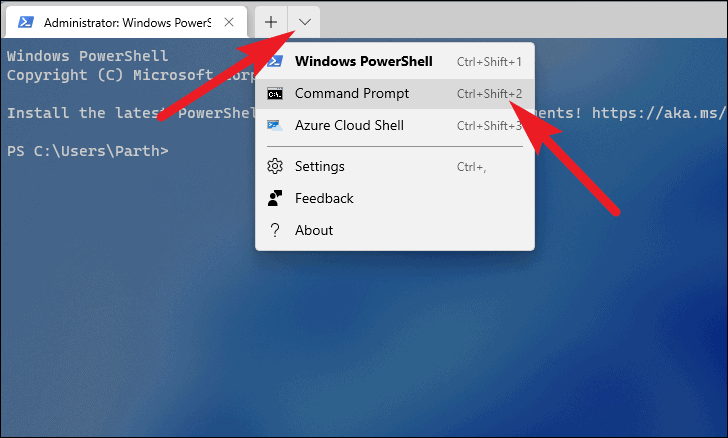
You can also press Ctrl + Shift + 2 to open Command Prompt directly in Windows Terminal.
Open Command Prompt as Administrator from Task Manager
If you need to open Command Prompt while troubleshooting, using Task Manager can be especially convenient.
- Press
Ctrl + Shift + Escto open Task Manager. - Click on File in the top-left corner and select Run new task.
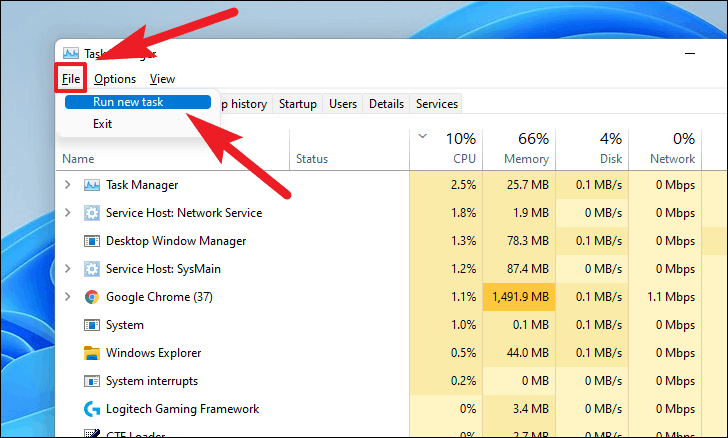
- In the Create new task window, type
cmdin the field. - Check the box that says Create this task with administrative privileges.
- Click OK to launch Command Prompt as an administrator.
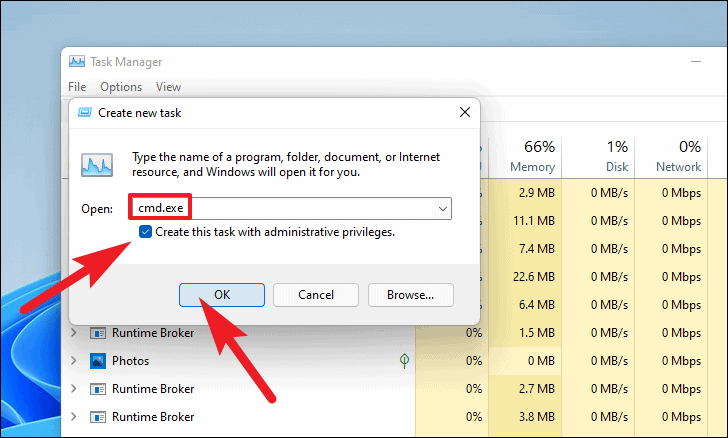
Open Command Prompt as Administrator from Windows Terminal
Windows Terminal serves as a hub for various command-line tools, making it easy to access Command Prompt with elevated privileges.
- Click on the
Start Menuicon. - Scroll to find Windows Terminal or search for it.
- Right-click on Windows Terminal and select Run as administrator.
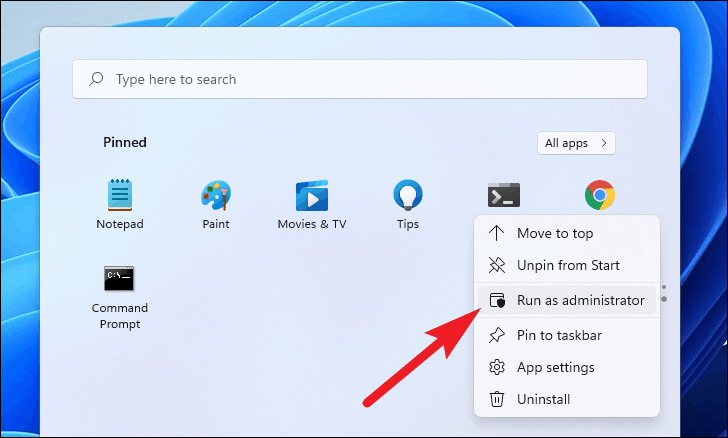
If you don't see Windows Terminal in the Start Menu:
- Click on All apps in the Start Menu.
- Navigate to the
Wsection and find Windows Terminal. - Right-click on it, hover over More, and choose Run as administrator.
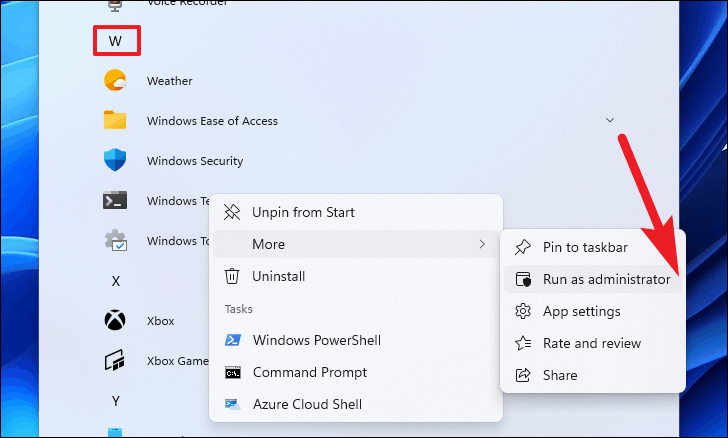
Confirm any prompts by clicking Yes in the UAC dialog.

- In Windows Terminal, click the down arrow (
˅) next to the plus sign. - Select Command Prompt to open it in a new tab.
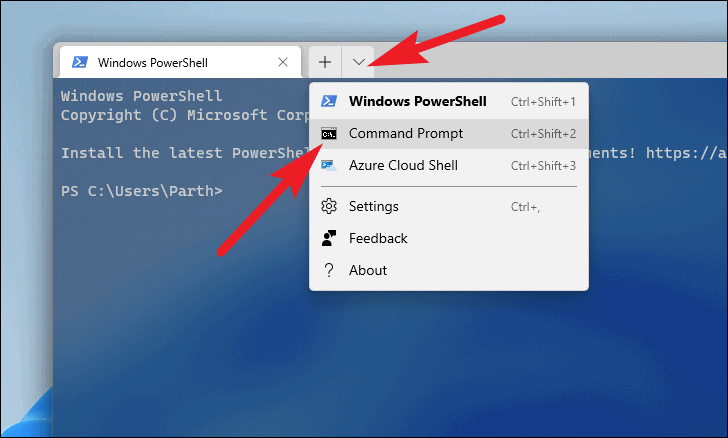
You can also use the shortcut Ctrl + Shift + 2 within Windows Terminal to open Command Prompt.
Open Command Prompt as Administrator from File Explorer
You can launch Command Prompt directly from File Explorer if you're already navigating through your files.
- Open
File Explorerby pressingWindows + Eor clicking on the folder icon in the taskbar. - In the address bar, type
system32and pressEnterto navigate to the System32 directory.

- Scroll down to find
cmd.exe. - Right-click on
cmd.exeand select Run as administrator.

Confirm any prompts by clicking Yes in the UAC dialog.

By using any of these methods, you can easily access the Command Prompt with administrative privileges on Windows 11. This allows you to perform advanced tasks and system changes that require elevated permissions.


